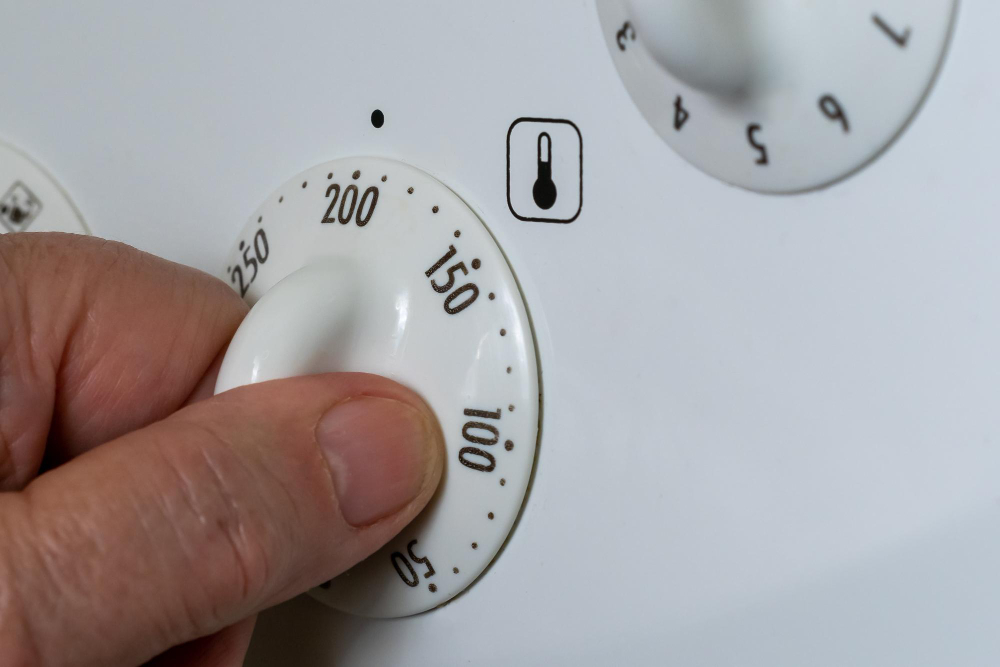Appliance Energy Use – Where Does Your Energy Bill Go Today?
Last updated on March 10th, 2024 at 07:14 pm
If we can understand appliance energy use, namely how much of our energy bill we are using to power these appliances, we can take steps to reduce our usage and save money.
Typical North American Appliance Energy Use
In a typical North American home, the following appliances and systems typically consume the most energy.
Heating and Cooling Systems: HVAC (Heating, Ventilation, and Air Conditioning) systems are often the largest energy consumers in homes, especially in regions with extreme temperatures. This includes furnaces, air conditioners, heat pumps, and central air systems.
Approximately 40% to 50% of the energy bill is attributed to heating and cooling systems, making it the largest energy expense in most homes, especially in regions with extreme temperatures.
Water Heater: Water heating is another major energy expense in households, particularly if the water heater is older or inefficient. This includes both tankless and tank-style water heaters, fueled by electricity, natural gas, propane, or oil.
Water heating typically accounts for around 15% to 20% of the energy bill in a typical home. However, this percentage can vary depending on factors such as the number of occupants, water usage habits, and the efficiency of the water heater.
Refrigerator and Freezer: Refrigerators and freezers are constantly running appliances, consuming energy to keep food cold or frozen. ENERGY STAR-certified models are typically more energy-efficient than older units, resulting in potential energy savings.
Refrigeration appliances generally contribute around 8% to 15% of the energy bill. Newer, more energy-efficient models may consume less energy and thus represent a smaller percentage of the overall energy usage.
Clothes Washer and Dryer: Washing machines and dryers, especially if used frequently, can also contribute significantly to energy consumption. ENERGY STAR-certified models use less water and energy, particularly during the washing and drying cycles.
Laundry appliances typically account for approximately 5% to 10% of the energy bill in a typical home, depending on usage frequency and the efficiency of the appliances.
Oven and Range: Cooking appliances, including ovens, stoves, and cooktops, can consume considerable energy, especially during extended cooking sessions. Using energy-efficient cooking methods and appliances can help reduce energy consumption in the kitchen.
Cooking appliances usually contribute around 3% to 5% of the energy bill. Energy-efficient cooking methods and appliances can help minimize energy consumption in the kitchen.
Dishwasher: Dishwashers use both water and energy to clean dishes, and older models may be less efficient. ENERGY STAR-certified dishwashers are designed to use less water and energy per cycle, resulting in potential energy savings over time.
Dishwashers generally represent around 1% to 2% of the energy bill, though this can vary based on usage patterns and the efficiency of the dishwasher.
Electronics and Entertainment: Televisions, computers, gaming consoles, and home entertainment systems can contribute to overall energy usage, particularly if left on standby mode or used for extended periods.
Electronics and entertainment devices collectively contribute around 5% to 10% of the energy bill, depending on the number and type of devices used and how often they are in operation.
Lighting: While individual light bulbs may not consume as much energy as larger appliances, lighting throughout the home can still add up to a significant portion of overall energy usage, especially if incandescent bulbs are still in use. Transitioning to energy-efficient LED bulbs can help reduce energy consumption for lighting.
Lighting typically accounts for around 5% to 10% of the energy bill. Transitioning to energy-efficient LED bulbs can help reduce lighting-related energy costs.
It’s important to note that these percentages are estimates, and actual energy usage may vary based on individual circumstances. Additionally, energy-saving measures such as using ENERGY STAR-certified appliances, implementing energy-efficient practices, and improving home insulation can help reduce overall energy consumption and lower energy bills.
The Role of Moderation in Appliance Use
How are you using your appliances? Is your appliance energy use in line with the averages?
Moderation in appliance energy use refers to using appliances and electronic devices judiciously and avoiding unnecessary energy consumption. Practicing moderation can have a significant impact on your energy bill by reducing overall energy usage and lowering associated costs. Here’s how moderation in appliance energy use can affect your energy bill.
Reduced Standby Power Consumption: Many appliances and electronic devices consume energy even when they are not in use, a phenomenon known as standby power or vampire power. By unplugging or turning off appliances when they are not actively being used, you can reduce standby power consumption and lower your energy bill.
Optimized Heating and Cooling: Heating and cooling systems are major energy consumers in homes. By moderating the use of these systems and adjusting thermostat settings based on comfort needs and occupancy patterns, you can reduce energy usage and save on heating and cooling costs.
Efficient Water Heating: Water heating is another significant contributor to energy bills. Using hot water judiciously, such as taking shorter showers, washing clothes in cold water, and fixing leaks promptly, can help reduce water heating costs and conserve energy.
Smart Use of Appliances: Practicing moderation in the use of appliances such as washing machines, dishwashers, and ovens can lead to energy savings. Running full loads, using energy-saving cycles, and avoiding unnecessary preheating or extended drying times can help minimize energy consumption.
Efficient Lighting: Lighting accounts for a portion of energy usage in homes. By using natural light whenever possible, turning off lights in unoccupied rooms, and replacing inefficient bulbs with energy-efficient LEDs, you can reduce lighting-related energy costs.
Limiting Electronics Usage: Many electronic devices consume energy even when they are not actively in use. By turning off or unplugging electronics when they are not needed, you can reduce standby power consumption and lower energy bills.
Overall, practicing moderation in appliance energy use involves being mindful of energy consumption habits and making conscious efforts to reduce unnecessary energy usage. By adopting energy-saving practices and making small adjustments to daily routines, you can lower your energy bill and contribute to a more sustainable lifestyle.



